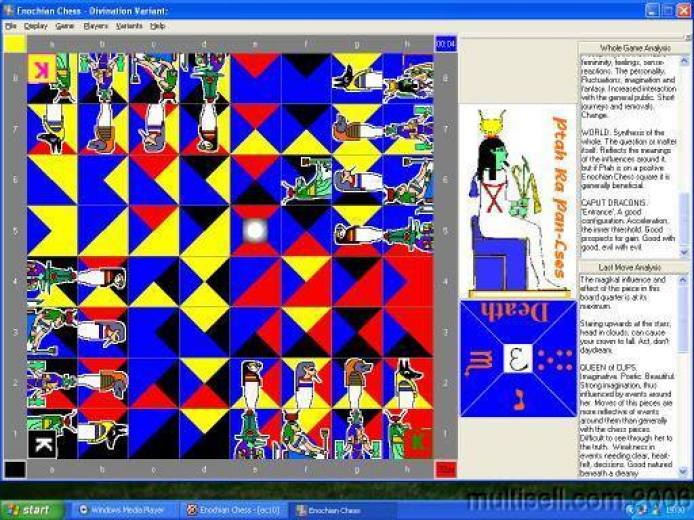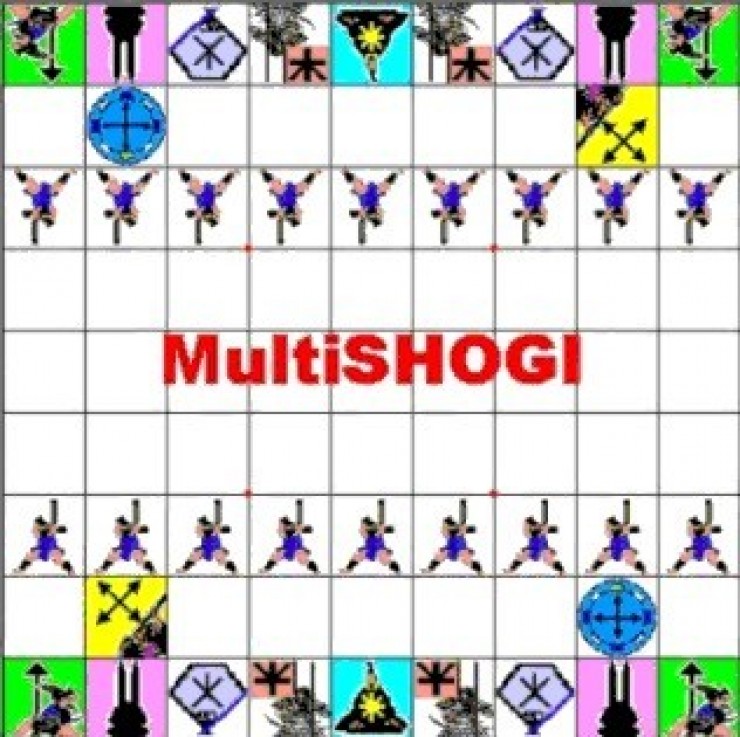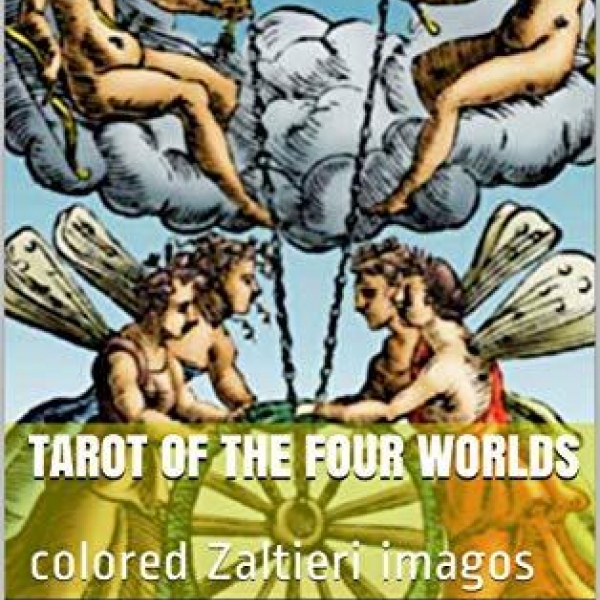GAMES
GAMES
ENOCHIAN CHESS originates partly from Dr John Dee, magus & astrologer to Elizabeth I. His Enochian system of magic was later adapted by adepts of the Victorian Order of the Golden Dawn into "a complete system of training and initiation." We have supplied Enochian Chess sets, books and software to the magical community since 1982, starting with help of a grant from HRH Prince Charles Trust. Some of our original 1980’s sets are still in pristine shape.
This is an historical martial art and board game of Japan in which you are graded based on your tournament performances. All shogi players are ranked by a dan system. In the current system, apprentice players become professional when they achieve the rank of 4-dan. Apprentice players aspiring to become professionals are ranked from 6-kyū to 3-dan. It is a wonderfully dynamic two-player strategy game, superior in my view to the more plodding nature of Chess. Setting up a fortress is more crucial than castling in chess.

Forming and breaking Alliances is part of the rich historical rules options that are built into the software. At the higher and analysis levels, I feel the software in pure strategy variants is unbeatable. There are delayed “time-bomb” moves because each player moves every fourth turn, unlike anything found in chess or shogi.
Books
|
Category: |
Non-Fiction |
|
Price: |
$3.00 |
|
Genre: |
Self-help book |
|
Cover: |
Hardback |
Vicenzo Cartari described these 88 imagos in Renaissance Italy in 1571 CE. Cartari was an antiquarian, and most of the imagos he depict come from the late Ptolemaic period. The birth of Tarrochini in Italy predates Cartari. The "Four Orders of Virtue" game by Martiano da Tortona is first mentioned in 1425 CE. Robert Place and Ross Caldwell have replicated the lost paintings of the da Tortona using written descriptions. My approach is to use "Images of the Ancient Gods" (Cartari's book) as the source images for Apollo, Hercules and the others. These icons would have been familiar to da Tortona, and likely formed the basis for his lost paintings. On a practical note, there are four Enochian Chess boards and four sets of pieces, but only one tarot pack to service all four chessboards. Since there are 88 netibuth (paths) 4 x 22 across the Four Elemental Worlds; to extend the limited Golden Dawn system you need 88 (4 x 22) major and 224 (4x56) minor atous to make four tarot decks each of 78 cards. These 88 are ready made. Additionally, a ready made four sets of 56 minor atous (also from Hellenic emblemata) are bequethed to us by George Withers (see my seperate publication, and forcoming kindle). In this book I alocate each imago to a specifical Elemental World (Chess board) and to one of the 88 netibuth. My names won't be agreed by everyone and can be argued about, but reasons for these names are given with reference to Cartari and Linche. The many extra b/w illustrations throughout are from different editions of Cartari (I was an antiquarian book dealer specialising in Emblem books). Divination meanings, history of the deck, magical theory, the original written descriptions and mythology from C16th Italy are given. Also an easy to learn spread and some advice on using these as Taro. Taro of the Four Worlds provide an immediate and fascinating insight into the minds of the ancients. This 2020 kindle edition retains all text and illustrations from the 2006 lulu first editon paperback, but adds hypertext and colour. ca 370 pages.
Brief history
Steve Nichols worked as a psychotherapist and NSHAP hypnotherapist in the UK, has an MSc in Neural Computation, MBPsS. Steve has worked intermittently as a games theorist, software developer and publisher since the 1980’s, was originator of primal eye theory in 1979, and started the posthuman movement in 1988.



